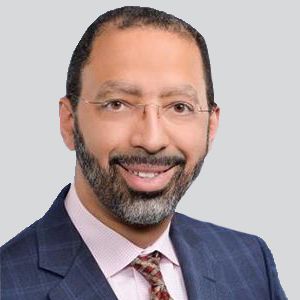Video
Understanding Connectomics and the Power of Artificial Intelligence to Help Improve Brian Mapping: Michael Sughrue, MD
Author(s):
The founder and chief medical officer of Omniscient Neurotechnology discussed the idea behind connectomics and how AI revolutionizes large-scale brain data. [WATCH TIME: 4 minutes]
WATCH TIME: 4 minutes
"What makes it so exciting is that it lets us look into the black box a little deeper and see what’s happening in people’s brains when things aren’t working so well. Things like mental illness. Connectomics is a method for using things like [artificial intelligence] and machine learning to make the brain make sense at its connection level."
In 1909, German neurologist Korbinian Brodmann published his original research on cortical cytoarchitectonics and in it, included the first map of the cerebral cortex based on regional variations in structure. The model divided the brain into 47 parts, or parcellations, each with a supposed functional role. More than a century later, brain maps remain a critical part of how clinicians locate and assess where functional deficits may be stemming from.
Omniscient, a neurotechnology company, uses connectomics as a big data approach to construct and analyze a computer-generated map of the brain’s functional and structural connections. The connectome, a series of complex connections that make up the human brain, is the white matter between the cortex and subcortical structures to transfer information between the functional areas of the brain. While Brodmann’s brain map revolutionized how we view the brain, there were limitations, including only looking at gray matter, not white matter, as well as grouping multiple regions that performed distinct, unrelated functions.
Michael Sughrue, MD, chief medical officer and cofounder of the company, believes that connectomics allows clinicians and researchers to begin to look at how different parts of the brain interact with each other. In an interview with NeurologyLive®, Sughrue discussed this big-data approach, the capabilities it possesses, and how machine learning and artificial intelligence plays a major role in pairing and deciphering the data collected.
Newsletter
Keep your finger on the pulse of neurology—subscribe to NeurologyLive for expert interviews, new data, and breakthrough treatment updates.




